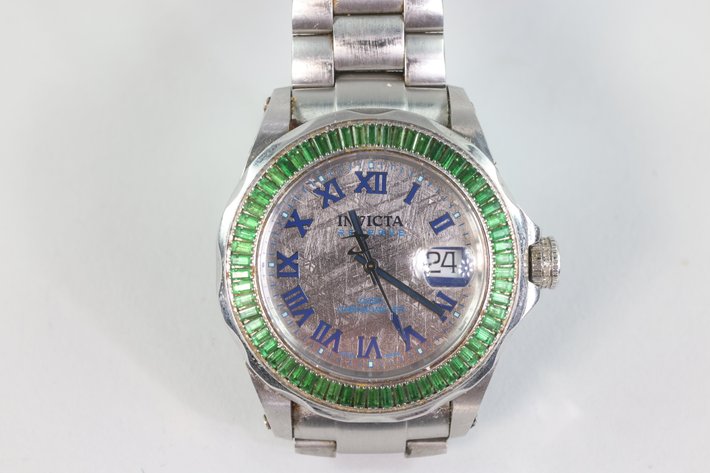Auctions are often considered synonymous with the sale of antiques, rare collectibles, paintings, wines, cars, real estate, etc. Auctions are also used in investment banking to obtain the highest price when selling a company. The auction process is significant because it has evolved over time as a mechanism of open price discovery for the sale of these items.
The Auction Process
As noted above, an auction is a system of buying and selling goods or services by offering them for bidding. Here’s the basic process.
1. Prior to the auction, potential buyers are allowed to preview the items on sale and examine their condition
2. All potential buyers must also register with the auctioneer
a. They must provide details like phone numbers, address, and identification (passport or driver’s license number)
3. Each buyer will be given a bidder card with a number that is used to identify all participants
4. A sound will signal the start of an auction (traditionally a bell)
5. The auctioneer will provide a brief description of the items for sale before opening the bidding at what they deem a reasonable opening price
a. The seller may also set an opening bid
6. Buyers may call out their bids by lifting up their bid cards to announce their bid price so the auctioneer can identify who is making the bid; each subsequent bid must be higher than the last
7. The auction ends when there are no more bids; the buyer with the highest bid wins the item
8. The highest bidder will take ownership of the item after paying the bid price
There you have it! Knowing the auction process is essential before going through the process yourself. You’ll want to do research before the auction so you know what items are worth and you can be a confident bidder. You’ve got this!













